Commercial Ambitions on Highway 10
The traffic still hums along County Road 10, but in 1965, it was part of the old U.S. Highway 10 - two lanes headed northwest toward Anoka.
That's when Robert Muir, a California-based developer, bought 83 acres of open land near where the road met University Avenue.
There was no mall then - just an intersection in Blaine, Minnesota, with room to build.
Seven years later, in October 1972, the doors opened.
The mall stretched low and wide, angled to mirror the road it stood beside.
Montgomery Ward held one corner. Powers Dry Goods held another. Woolworth took the third.
All of them sat like anchors - large, fixed, and built to pull people in.
At launch, Apache Plaza had 33 stores, but Northtown Mall became the second regional shopping center in the metro area not tied to the Dayton Corporation.
There were extras, too - things that gave the mall a character early on.
A 30-foot model of the Titanic, originally built for the 1953 movie, sat inside from December 1972 until it was hauled out in 1985 and sent to a museum in Fall River, Massachusetts.
There was also a live aquarium, a waterfall, and sunken seating areas - features meant to keep shoppers' attention while they moved from one storefront to the next.
The mall cost $30 million to build, which at the time placed it among the largest projects in the Twin Cities metro area.
That was the pitch: a retail center outside of Minneapolis and St. Paul, strong enough to pull shoppers north.
Anyone looking for things to do in Blaine, Minnesota, would have found Northtown Mall near the top of the list.
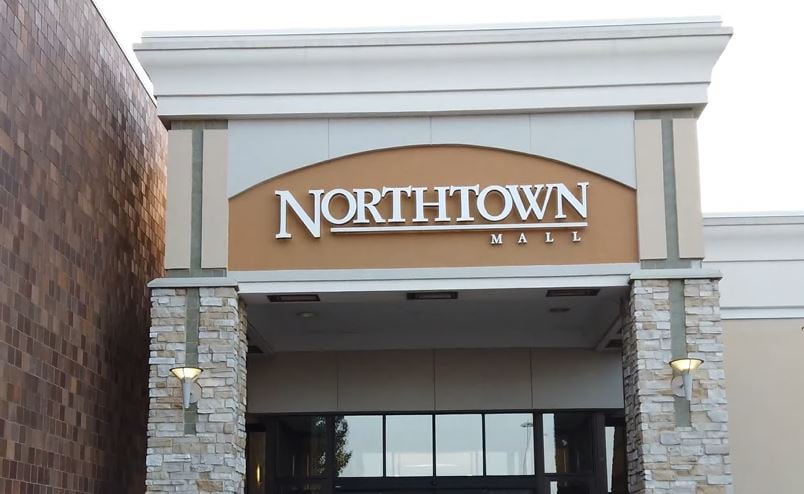
Retail Turnover and Anchor Realignment
By the time shoppers rang in the 1980s, Northtown Mall had settled into the rhythms of suburban retail - busy weekends, full parking lots, rotating banners in storefront windows.
But the floor plan started to shift. In 1983, a fourth anchor, MainStreet, opened on the southeast corner.
That store lasted just a few years. Kohl's moved in by 1988, taking over the space as the MainStreet brand disappeared from the region.
Other department stores followed a pattern of rebranding and replacement.
Powers Dry Goods, one of the original anchors, changed hands more than once.
First came Donaldson's, and then Carson Pirie Scott took over.
That store later became Mervyn's California.
Mervyn's shut down in 2004, even though its Northtown Mall location had been the chain's top performer in the Twin Cities.
That spot went dark for a few years, then reopened in 2008 as a Herberger's under Bon-Ton ownership.
Herberger's lasted ten years - until August 30, 2018, when it joined the list of full-line retailers pulling out of enclosed malls across the U.S.
Woolworth's closed in the late 1990s. The space didn't stay empty long - HomePlace and Best Buy took it over.
The same year, a food court was added.
It was a shift in tone more than size: fast food counters, common seating, and a layout better suited to quick turnover.
Another round of exits occurred in the early 2000s.
Montgomery Ward closed its doors in 2001, and HomePlace followed the same year.
Steve & Barry's filled one vacancy in 2003. Kohl's left the mall in 2006, and Burlington moved into its old location in 2005.
By the middle of the decade, all four original anchor units had been replaced or closed off from the main interior.
Property Additions and Structural Investment
Retail wasn't the only thing moving. Infrastructure outside the mall changed, too.
In July 1992, a Target Greatland opened across the street in Coon Rapids.
The location pulled in crowds on its own but also added foot traffic to Northtown's west side.
Roadwork around the mall made a difference. A new stretch of U.S. Highway 10, between I-35W and University Avenue, was completed in 1999.
The old route was reclassified as County Road 10, but Northtown Mall's placement still gave it front-row access to both.
The redesign shaped how people arrived, which entrances they used, and which parts of the property felt most active.
The west end saw more development. Montgomery Ward's former space was demolished after its closure in 2001.
A Home Depot was built on the outlot nearby - facing the mall but sealed off from the interior.
LA Fitness opened next in 2007. That gym had exterior-only access. The buildings touched, but the foot traffic stayed separate.
A renovation started inside the mall in August 2014.
Workers replaced ceilings, lighting, and common area finishes.
Construction wrapped up in the fall of 2015. The same year, a 55,000-square-foot Hobby Lobby opened at the west edge of the building.
Like LA Fitness, it didn't open to the concourse.
These changes affected more than the square footage.
The mall's shape - both physically and commercially - began to reflect the push toward anchor tenants that operated independently.
Hobby Lobby, LA Fitness, and Home Depot all drew shoppers, but the footfall didn't necessarily pass through the mall's core.
Each new unit pulled away from the shared interior that had once connected every sale.
Property Sales and Ownership Transfers
The mall's footprint stayed in Blaine, but the deed changed hands more than once.
In 1985, the Robert Muir Company sold Northtown Mall to Rein Northtown Associates, a New York-based group.
The deal closed at $33 million. Less than a year later, Rein flipped the property to Angeles Corporation, a California firm, for $38.1 million.
Glimcher Realty Trust bought the mall in 1998. Their purchase price - $54 million - reflected its peak-era valuation.
Glimcher held onto the site for nearly two decades.
By the time they sold in 2015, the landscape had already shifted.
Department store chains were leaving enclosed malls, and leasing models were adjusting.
Washington Prime Group picked up the property in a package deal that followed its acquisition of Glimcher.
The latest sale came in August 2023. Florida-based 4th Dimension Properties paid $31 million to acquire Northtown Mall from Washington Prime.
The sale price marked a downturn from prior transactions.
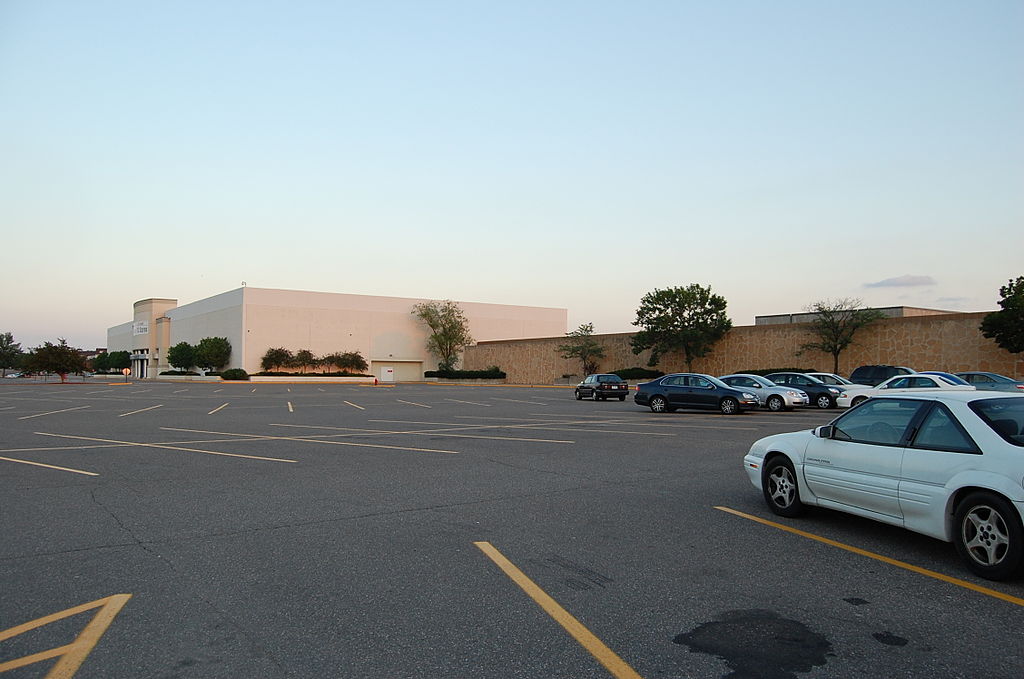
Reconfigured Retail and Current Tenants
On May 28, 2020, the mall was broken into during the unrest following George Floyd's tragic end.
Police responded the same evening and secured the building.
It reopened quickly.
No long-term closures followed, but the moment added pressure to a property already adapting to retail downsizing and changing expectations.
In July 2022, the City of Blaine adopted a redevelopment plan for Northtown Mall and its surrounding area.
The proposal outlines land use revisions, pedestrian flow redesigns, and public space enhancements.
The plan doesn't erase the mall. Instead, it suggests a new way of organizing the space - less enclosed and more modular.
As of spring 2025, the list of active anchors reads differently than it did twenty years ago.
Becker Furniture World has two storefronts. Hobby Lobby, with its 55,000-square-foot space, remains on the west side.
Best Buy, which closed in March 2023, reopened later that summer as a Best Buy Outlet.
Burlington operates in the former Kohl's location.
Tenant rosters show more than 100 stores and restaurants.
Northtown Mall's visitor count still stands at around 5.5 million people a year.
But those visits no longer move in one direction. Tenants are holding their own. What used to be a single operation now moves in pieces.
The Push to Rebuild from the Outside In
In spring 2024, a banner with red script and lantern designs went up draped over a closed section of wall facing the parking lot.
Behind it, developers were sketching out Asia Village - a 130,000-square-foot buildout with a 40,000-square-foot grocery store, dining stalls, retail space, and a rooftop patio on the second floor.
The announcement came in May. The team behind the project said it would open by late 2025 or early 2026.
A month earlier, in April 2024, another banner had been taped inside: Planet Imagination Coming Soon.
The space will hold an indoor play and learning center - the first of its kind in Minnesota.
Its buildout will occupy a section once set aside for traditional retail, with walls repainted and floors softened for younger visitors.
The changes go beyond real estate.
In 2024, the City of Blaine launched public forums to gather feedback on its redevelopment strategy for the area around the mall.
City staff and consultants led the planning under an Alternative Urban Areawide Review.
The idea was to map what could be done with 245 acres - how traffic would move, where new lots might go, and what future construction might require in terms of utilities and access.
The LA Fitness parcel sold for $3.67 million in March 2025.
The structure, which had been closed since 2021, is being reworked into a retail hub known as Halal Square.
Promotional filings described plans for grocers, restaurants, and apparel vendors geared toward shoppers in the north metro who wanted culturally specific goods.
Meanwhile, Metro Transit moved its timeline.
The F Line, a rapid bus route running from downtown Minneapolis to the Northtown Transit Center, was pushed from 2025 to 2028.
Planners cited the need to sync up with road work led by MnDOT.
Each update pointed to the same shift. Northtown Mall wasn't growing inward; it was being recut - pad by pad - along its edge.

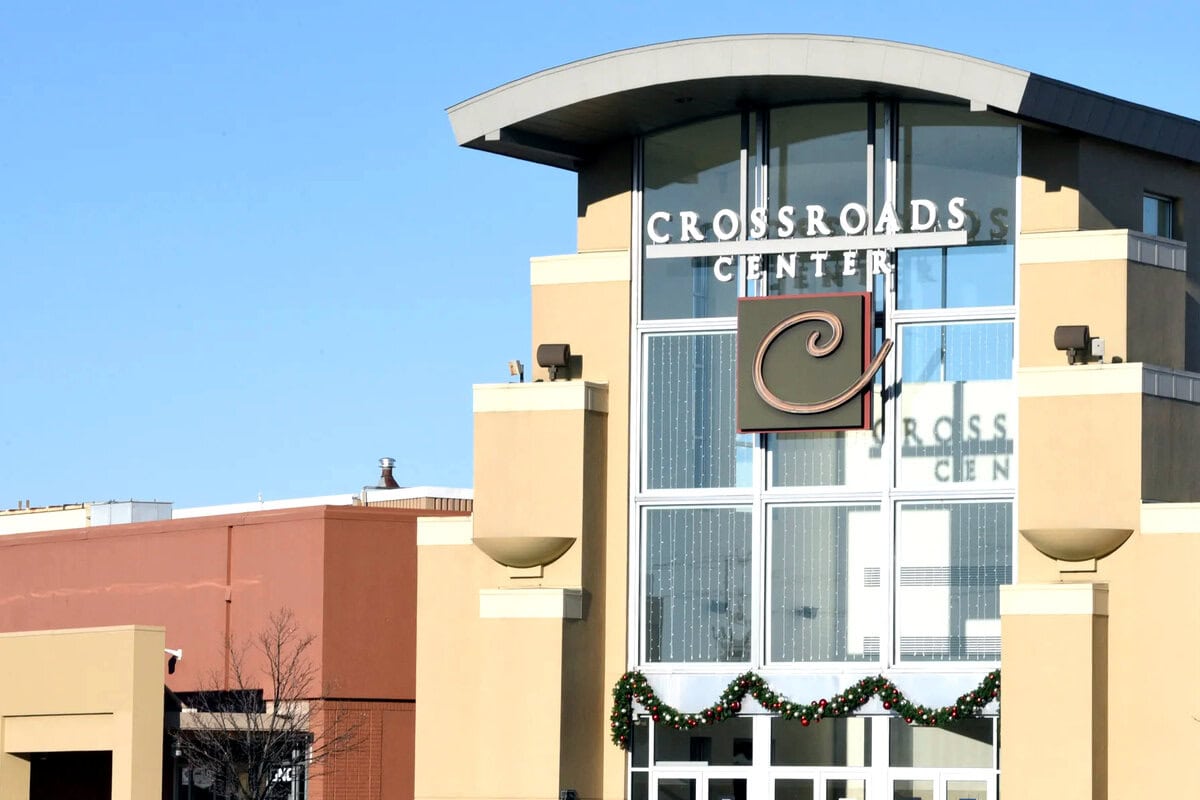
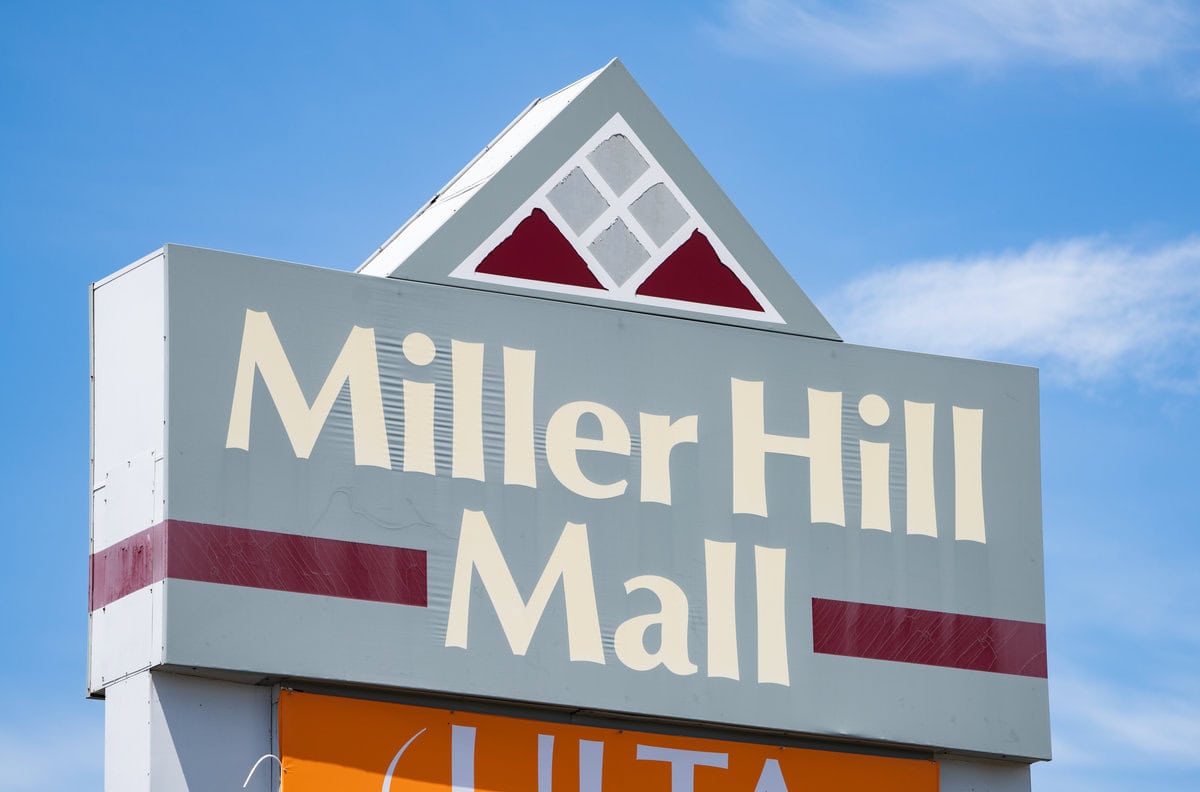
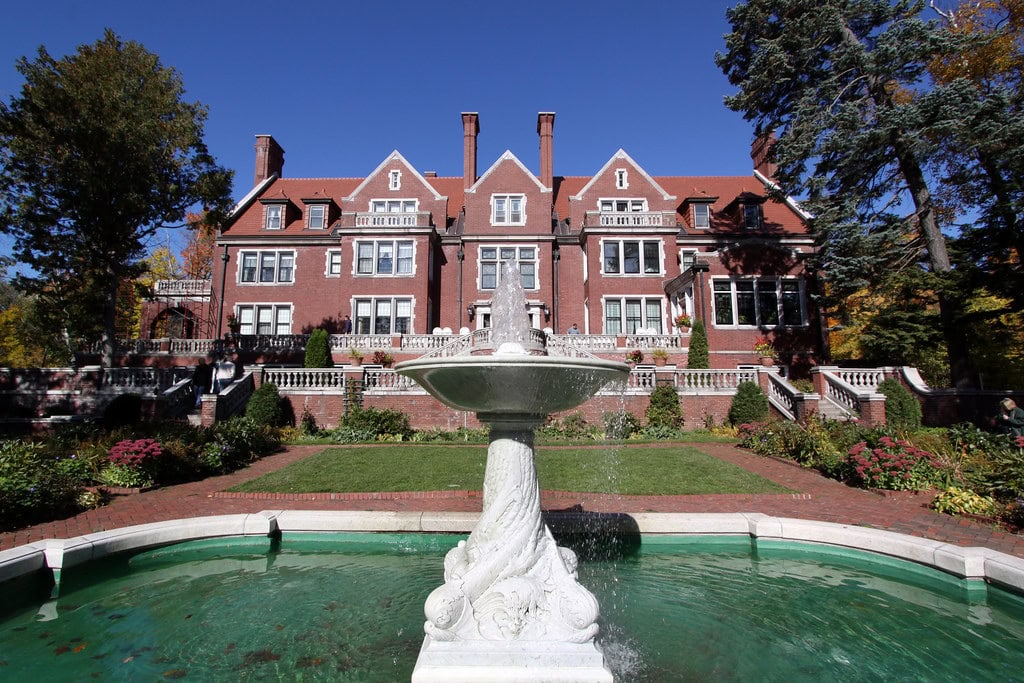
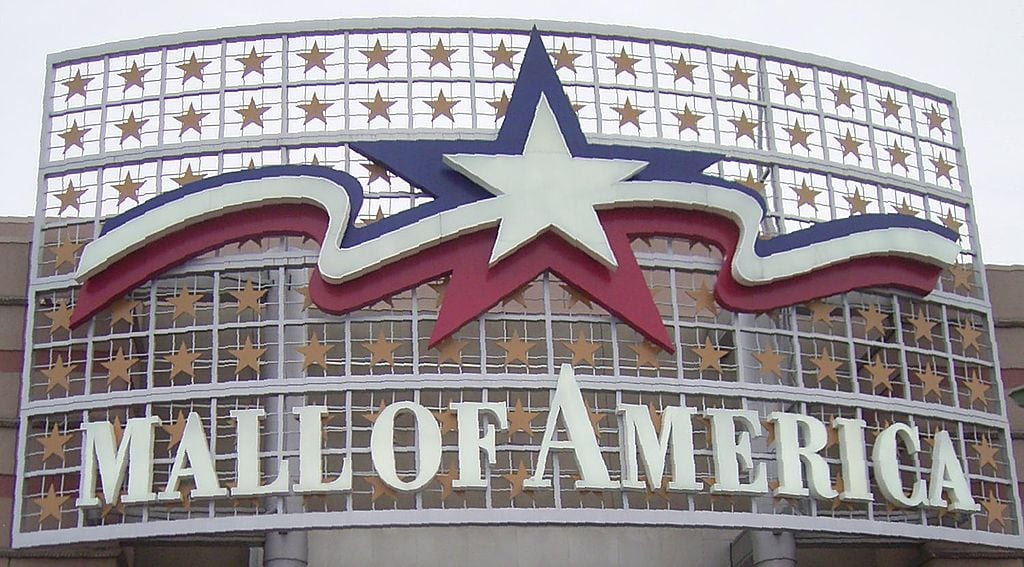
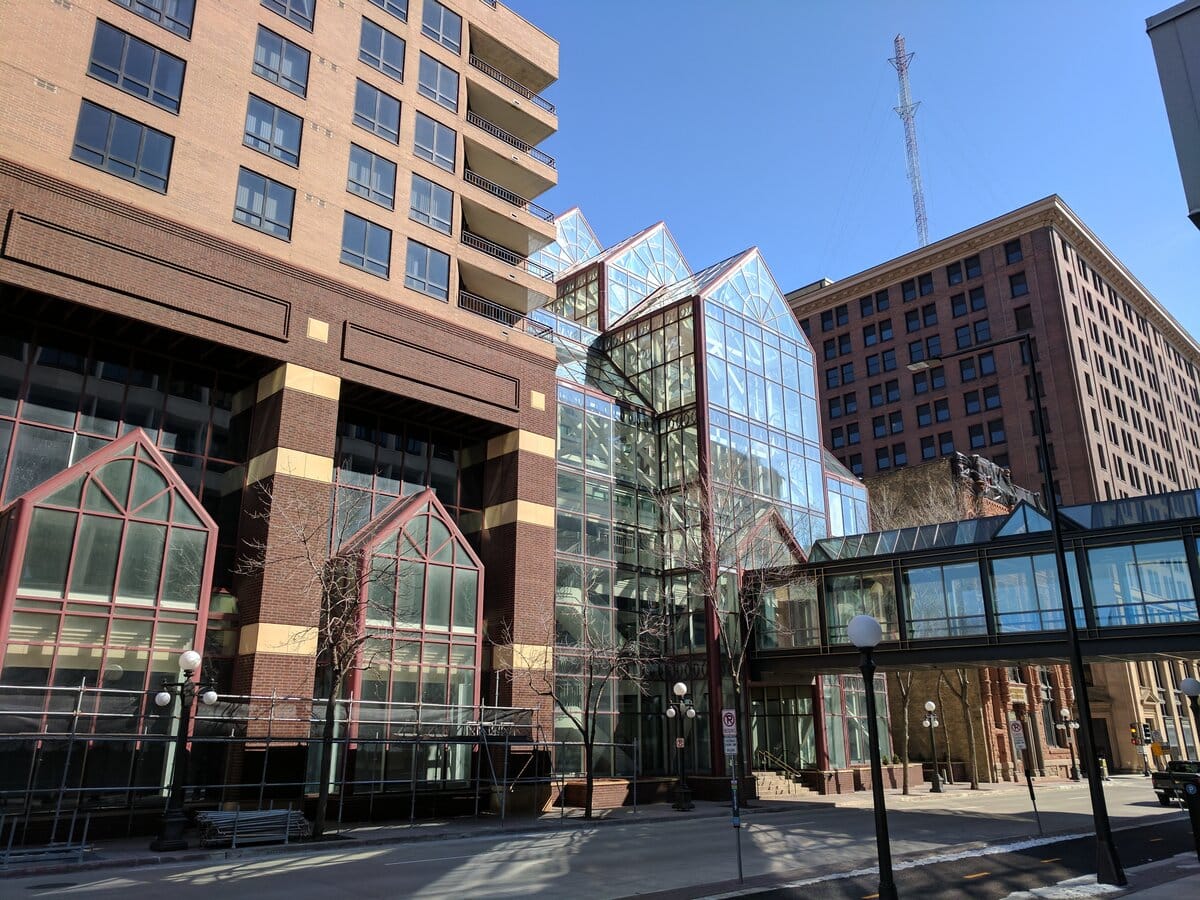

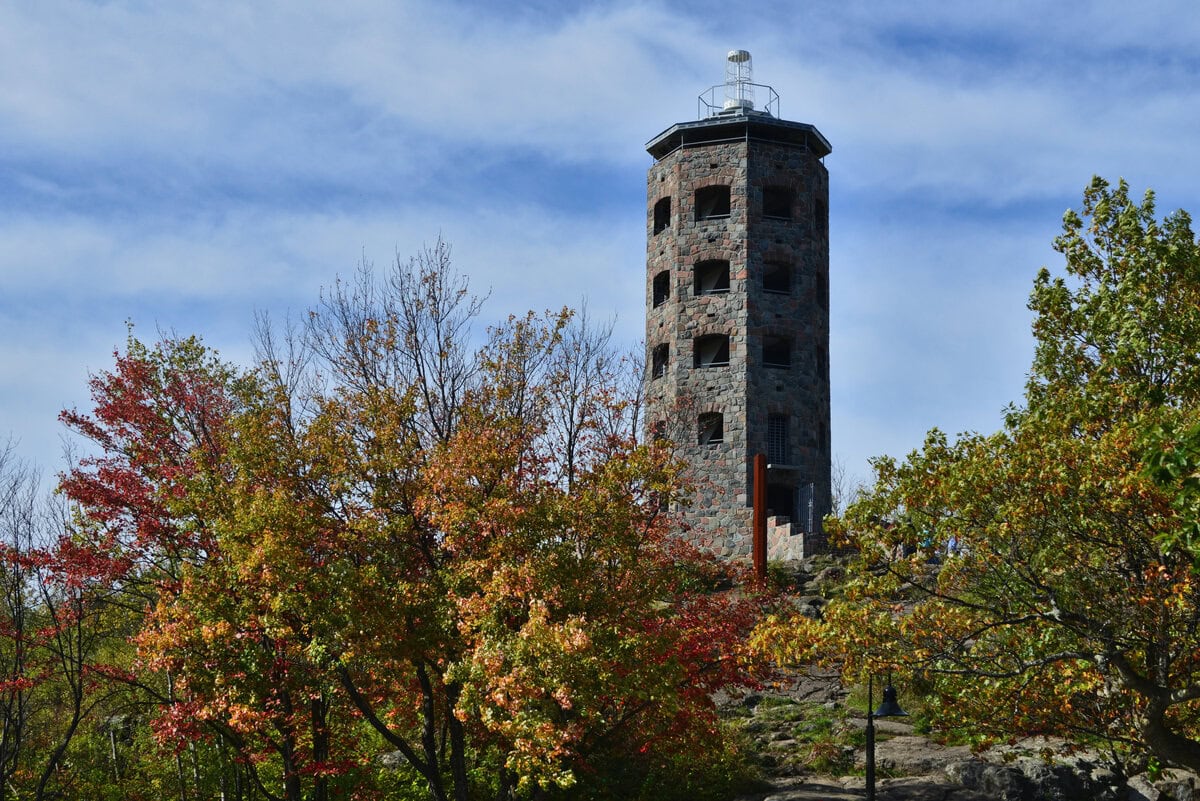

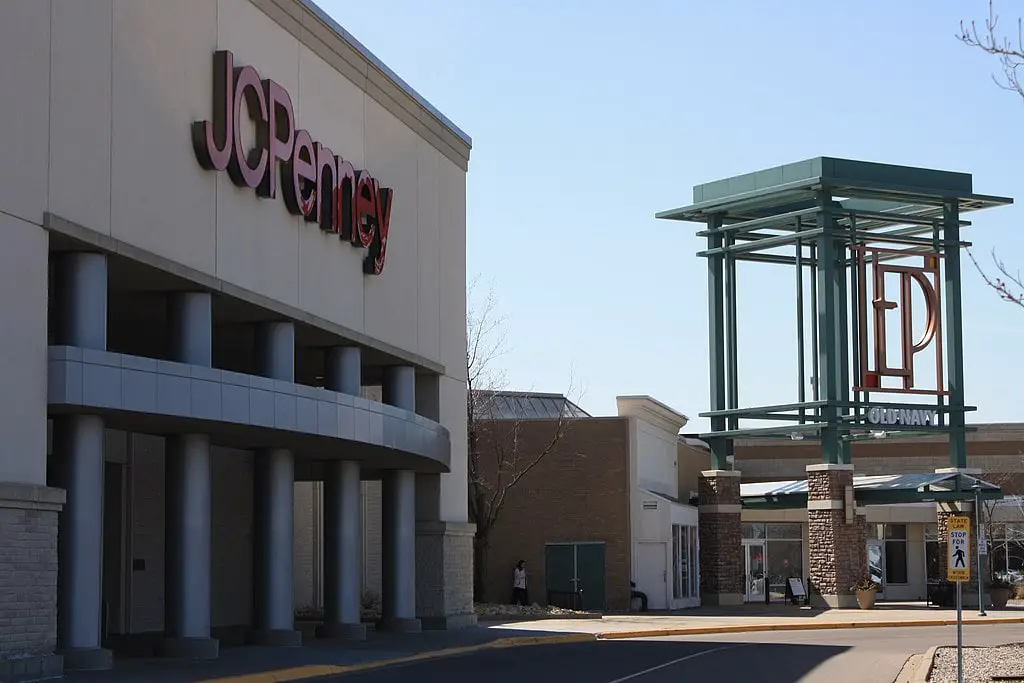
why must you always make it worse than it was. the neighborhood has a lot of seniors to be able to shop at the shops who use to be there don't you get it why do you have to change once you make that mall safe again they will come and buy
it's not safe
Safety is the baseline. Without that, no number of new stores would help. If people don't feel secure walking in, they won't.
"They will come and buy" is a sentence worth underlining. The demand is there—it's just not being met right now in a way people trust.